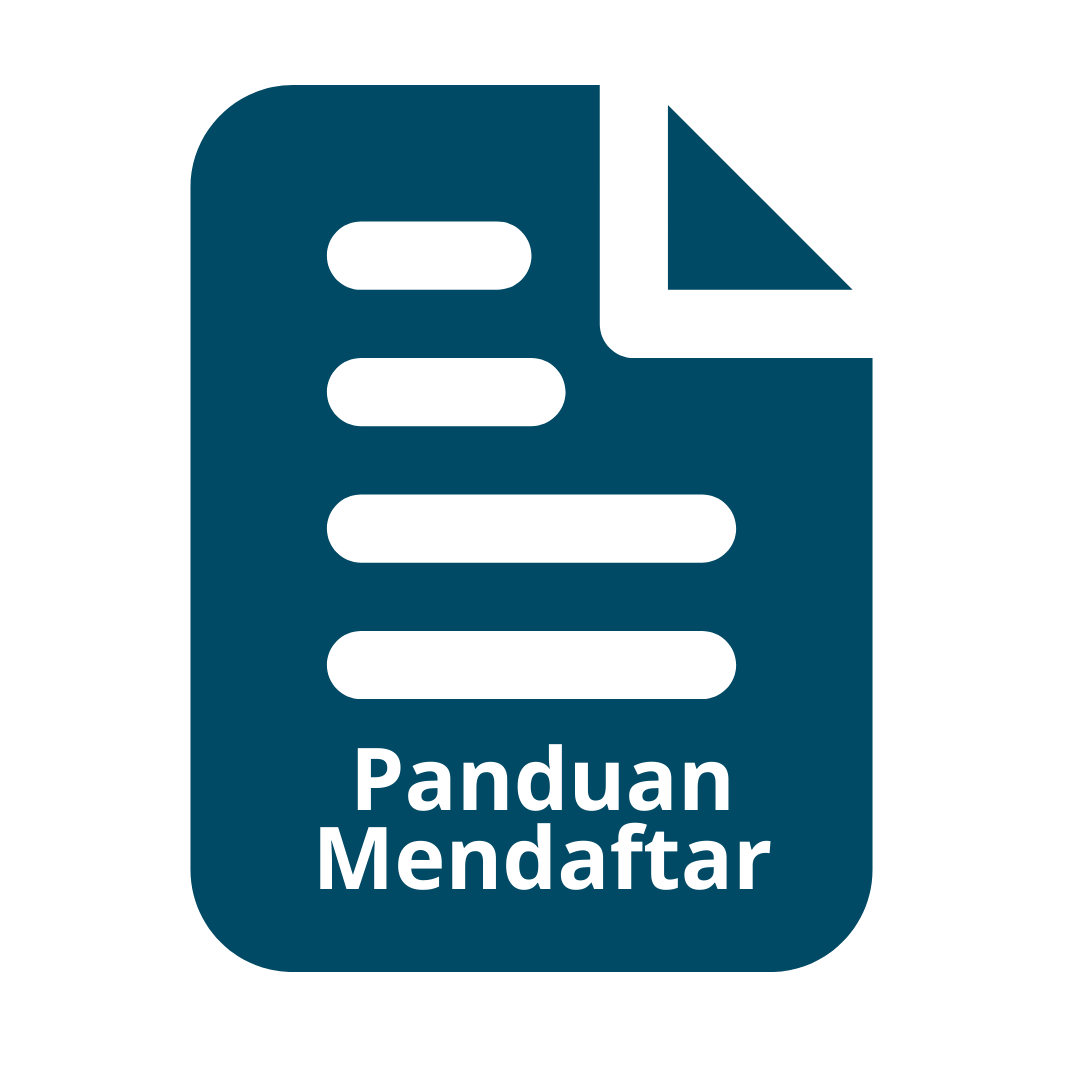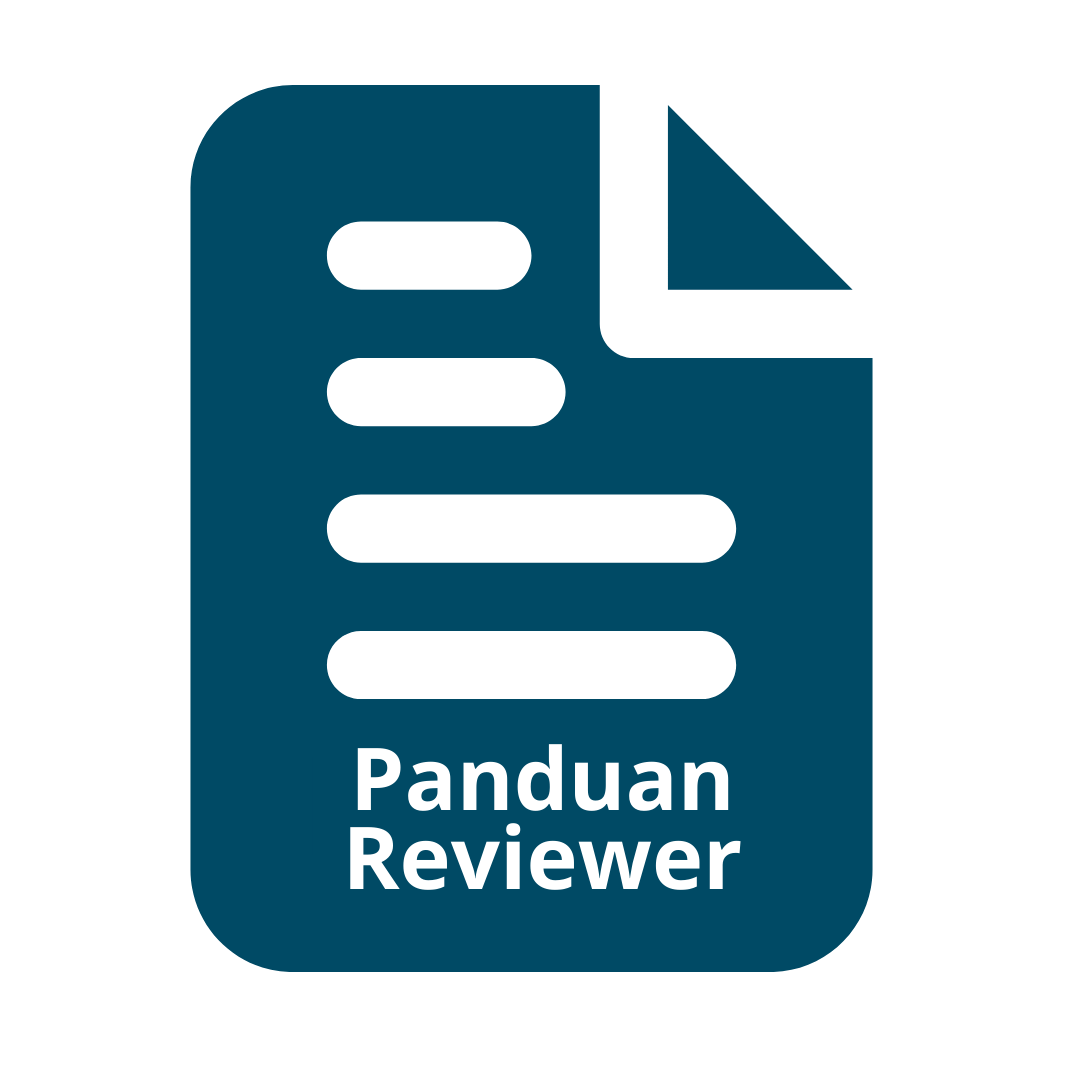Nutrient content of nyamplung seeds waste (Calophyllum inophyllum) after biofuel processing
Abstract
Like the rest of other agricultural wastes, waste from the process of making biofuels from nyamplung seeds (Calophyllum inophyllum Linn) also contain nutrients that can be utilized by both the soil and the plants and the soil as a source of plant nutrients. This study aimed to assess the nutrient content of the waste seed nyamplung after the process of Biofuel. This research was conducted in the Village District Ngade South Ternate Ternate, and the Laboratory of Soil Science Department of the Faculty of Agriculture UGM. This study used the descriptive method, which collect and analyze data and then interpret the results of laboratory analysis. Observed variables, including oil content and nutrient content of the waste, the content of total N, total P, total K, organic C, and KPK. The results showed that the biofuel seed crop nyamplung (Calopphyllum inophyllum Linn) have oil content of 46.57%, and biofuels from waste plant seeds contain nutrients: total N 1.43% (very high), 47.99% Organic C ( very high), total P 0.35% (very low), 1.30% total K (very low), C / N 33.78 (very high), and 17.93 KPK to 100 g-1 (medium).
Key words: oil nyamplung, nutrient waste plant seeds nyamplung
Keywords
Full Text:
PDFReferences
Allison, F.E. 1979. Soil Organic Matter and Its Role In Crop Production. Elsevier Sci. Publ. Co . Amsterdam, 637 pp.
Balitbang Pertanian, 2009. Tanaman Perkebunan Penghasil Bahan Bakar Nabati (BBN). Badan Penelitian dan Pengembangan Pertanian. Pusat Penelitian dan Pengembangan Perkebunan. Jakarta.pp.129-141
Brady, N.C. 1989. The Nature and Properties of Soils (9 th edition) The Macmillan Publishing Company-New York. Collier Macmillan Publisher-London.750 pp
Candra, W.S.A. dan M. S Sugiharto. 2008. Pengaruh Jumlah Tray dan Perbandingan Solven Pada Ekstraksi Minyak Nyamplung, Laporan Penelitian, Jurusan Teknik Kimia, Fak.Teknik, Universitas Diponegoro, Semarang http ://www.trubus-online.co.id, 2009. Nyamplung (Calophyllum inophyllum L)
Ketaren, S. 1986. Pengantar Teknologi Minyak dan Lemak Pangan. UI Press. Jakarta. Kohnke, H. 1968. Soil Physics. Tata McGraw – Hill Publishing Co. Ltd. Bombay- New Delhi. 224 pp
Rama, P. dan Hendroko. 2007. Bioetanol Ubi Kayu Bahan Bakar Masa Depan. Agromedia Pustaka. Jakarta.
Rodianawati, I dan T.M. Hartati. 2010. Potensi Minyak Nyamplung (Calophyllum inophyllum Linn) Setelah Proses Degumming Sebagai Biofuel di Maluku Utara. Hibah Penelitian Strategis Nasional-LPPM Unkhair Ternate. Unpublished
Sanchez, P.A and R.H.Miler. 1986. Organic Matter and Soil fertility Management in Acid Soils of the Tropics. Transsact. 13 th Congr. Inst. Soc. Of Soil Sci., Hamburg, 6 : 609 – 625 pp
Sofwan, B. 2008. Nyamplung (Calophyllum inophyllum Linn) Sumber Energi Biofuel yang Potensial, Dep. Kehutanan Balai Penelitian dan Pengembangan Kehutanan, Jakarta
Udarno, L. dan Bambang, E.T., 2009. Nyamplung (Calophyllum inophyllum L). Balai Penelitian Tanaman Rempah dan Aneka Tanaman Industri dalam Balitbang Pertanian, 2009. Tanaman Perkebunan Penghasil Bahan Bakar Nabati; Pusat Penelitian dan Pengembangan Perkebunan. Jakarta.pp. 129-141
DOI: https://doi.org/10.31315/agrivet.v18i2.4657
DOI (PDF): https://doi.org/10.31315/agrivet.v18i2.4657.g3382
Refbacks
- There are currently no refbacks.
Indexed by:









